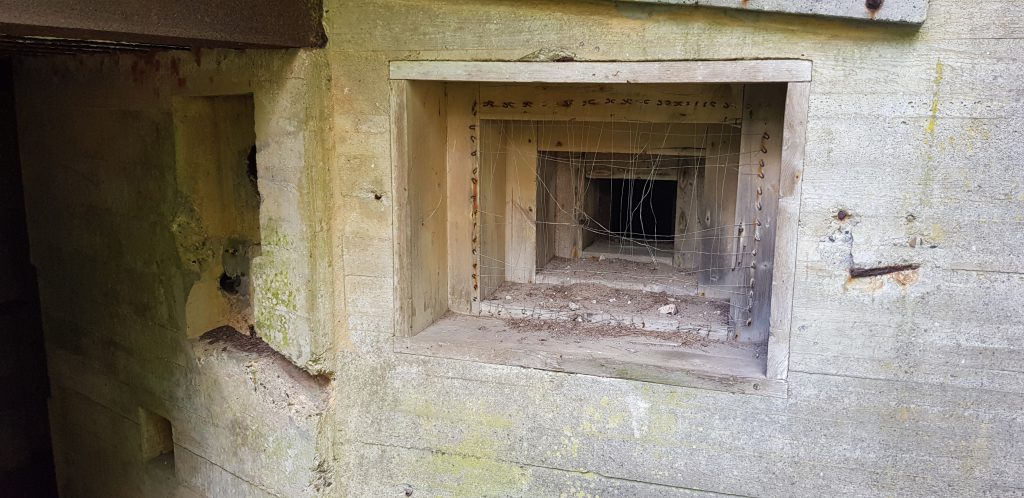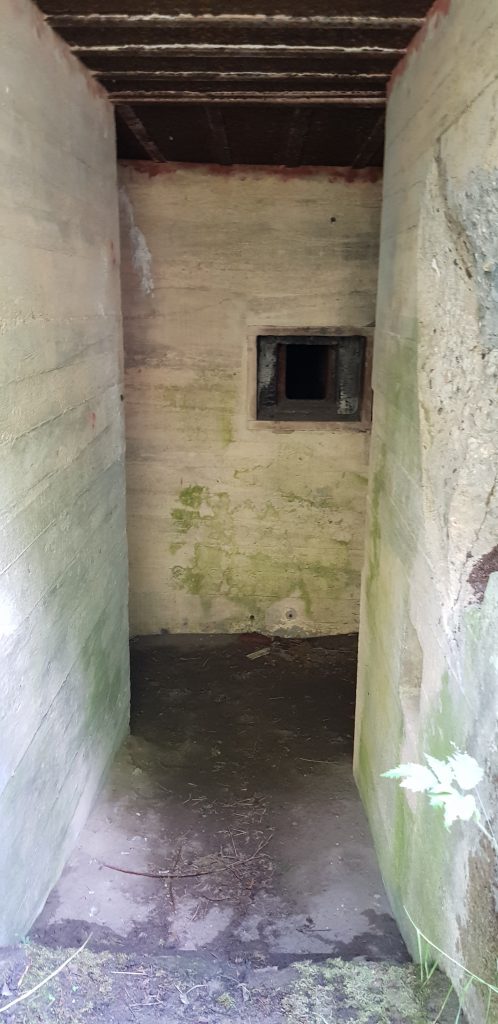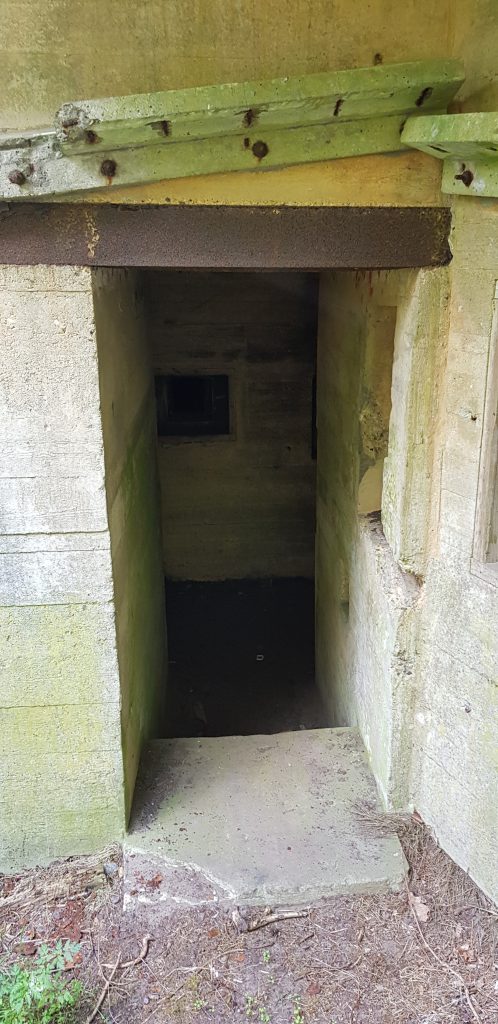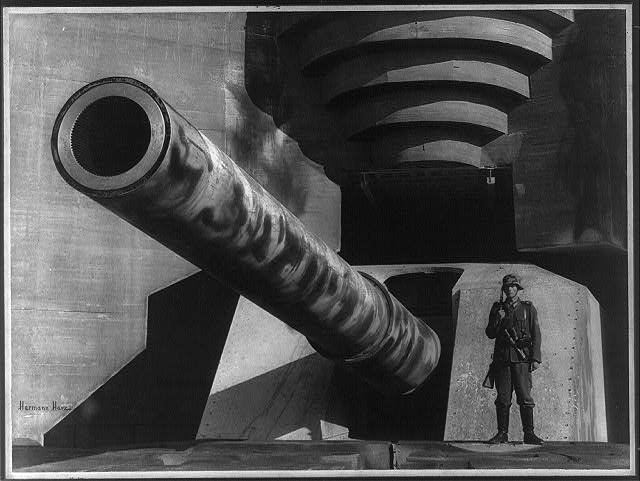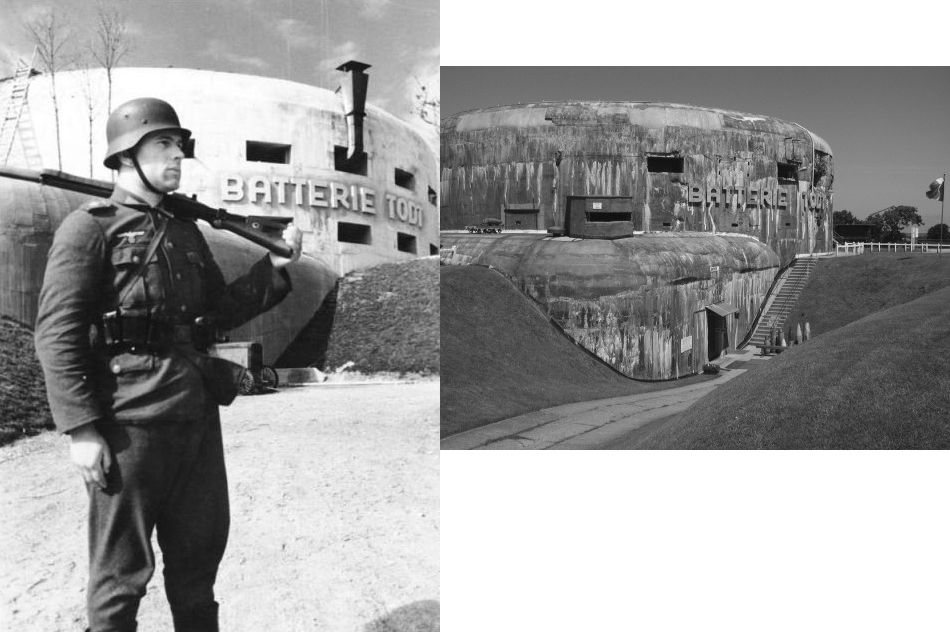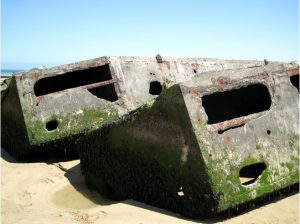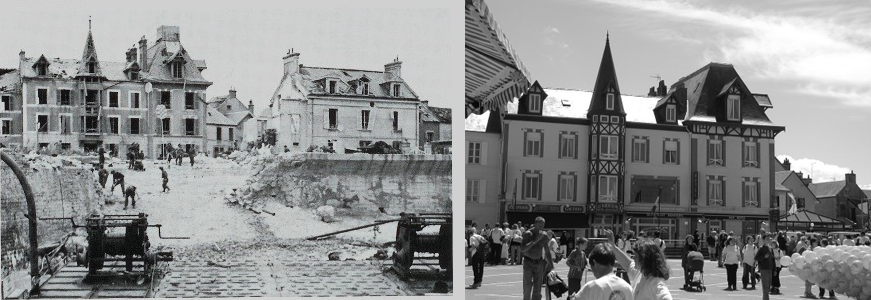A tour in Western Jutland through Stutzpunkt Börsmose-Dorf and Stutzpunkt Blavland
Today we did a car tour to the far western tip of Denmark with a stop at Lake Filso and under the lake Stutzpunkt Börsmose-Dorf. The majority of the area has been abandoned and is being used as a military training ground. This gives the whole an extra dimension. Certainly considering the bunkers present (and there are many) that are still in good condition and often just free to enter. Stutzpunkt Börsmose-Dorf was established in the spring of 1943 to protect the intersection 3.5 kilometers inside the coast. It had a strategic position to block the passage to further inland and Germany.
We went to look in the middle of the stutzpunkt and walked a bit into the forest. xactly opposite the S.t. 610 bunker, Danish soldiers were busy with a …
Read more
